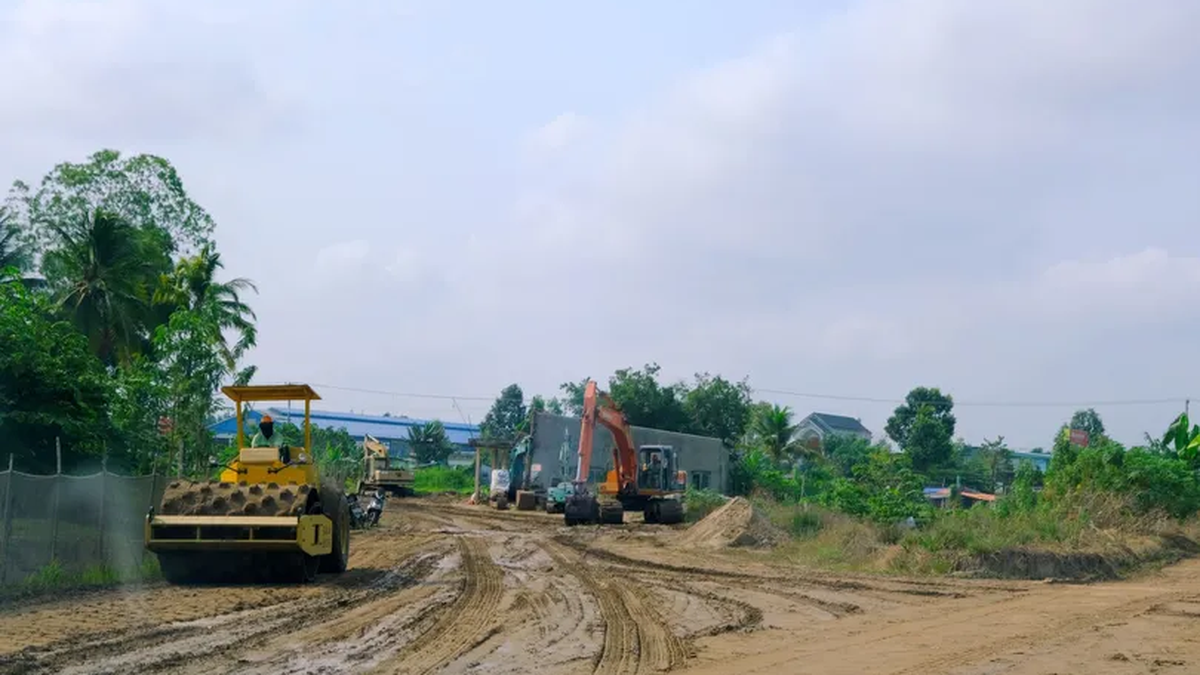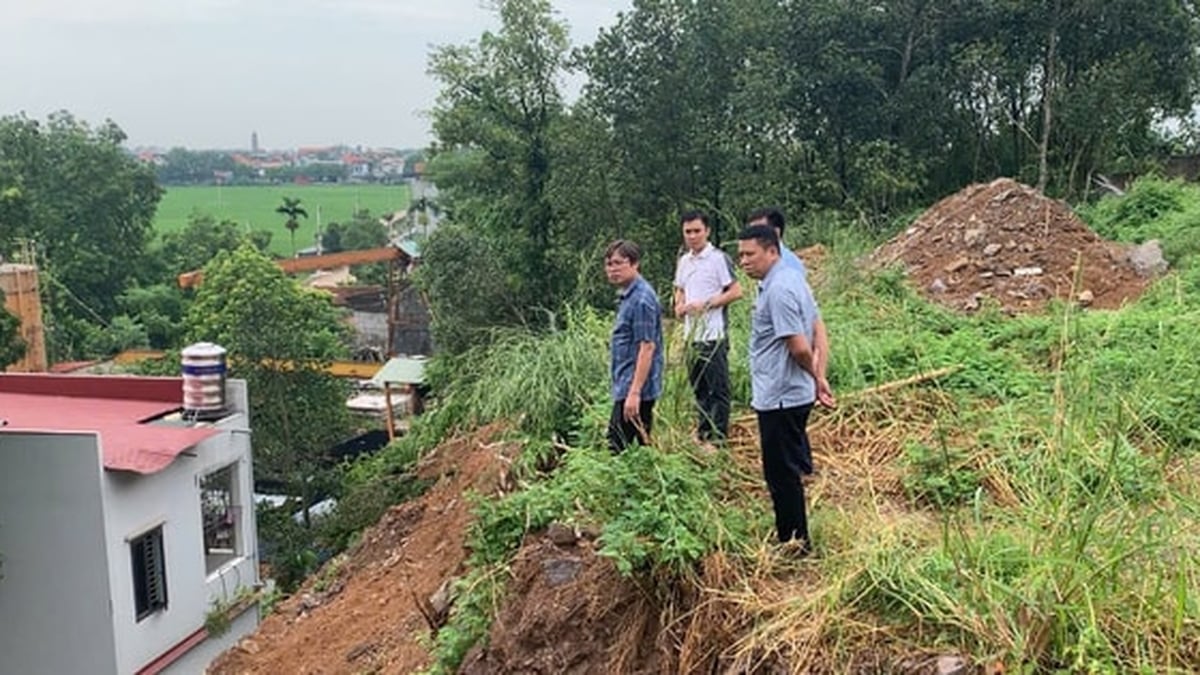SGGP
Warmer temperatures in the Arctic are thawing permafrost and could “awaken” viruses that have lain dormant for tens of thousands of years.
 |
| An ancient virus isolated from a permafrost sample |
Virus infects after 30,000 years
As the ice melts, chemical and radioactive waste from the Cold War era could also be released, which could threaten wildlife and disrupt ecosystems. “There are a lot of things happening in the permafrost that are concerning, and that shows why we need to preserve as much of it as possible,” said Kimberley Miner, a NASA climate scientist who studies jet engines at the California Institute of Technology.
Permafrost covers a fifth of the Northern Hemisphere, underpinning the Arctic tundra and boreal forests of Alaska, Canada and Russia for millennia. Permafrost is a good storage medium, not only because it is cold but also because it is an oxygen-free environment where light cannot penetrate. But temperatures in the Arctic are now warming four times faster than the rest of the Earth, weakening the region’s top layer of permafrost.
To better understand the risk posed by frozen viruses, Jean-Michel Claverie, emeritus professor of medicine and genetics at Aix-Marseille University in Marseille, France, tested soil samples taken from the permafrost in Siberia, Russia, to see if they contained any viruses that could still be transmitted. The scientist said he was looking for “zombie viruses” and found several. Claverie studied a particular type of virus that he first discovered in 2003, called giant viruses. They are much larger than normal viruses and can be seen under a light microscope, rather than a more powerful electron microscope. In 2014, Claverie revived a 30,000-year-old virus that he and his colleagues isolated from the permafrost, making it infectious by injecting it into cultured cells. To be safe, he chose to study a virus that could only infect single-celled amoebas, not animals or humans.
Claverie repeated this success in 2015 when he isolated another virus that only infects amoebas. In the latest study, published in the journal Viruses on February 18, Claverie and his colleagues isolated several ancient viruses from samples of permafrost from seven different locations in Siberia and showed that they could infect cultured amoeba cells. The latest strains represent five new families of viruses, in addition to the two he had previously revived. The oldest sample was nearly 48,500 years old, based on radiocarbon dating of the soil.
Potential Threat
Claverie said the virus infecting amoebas after a long period of “hibernation” was a sign of a larger underlying problem. He feared that people would view his research as a scientific curiosity and not see the prospect of ancient viruses resurrecting as a serious threat to public health. Birgitta Evengard, emeritus professor of clinical microbiology at Umea University in Sweden, said better monitoring of the risk from potential pathogens in thawing permafrost was needed, but there should be no panic. Despite its 3.6 million inhabitants, the Arctic is still a sparsely populated area, so the risk of human exposure to ancient viruses is very low. However, the risk will increase with global warming.
In 2022, a team of scientists published a study of soil and lake sediment samples from Lake Hazen, a freshwater lake in the Canadian Arctic. They sequenced the genetic material in the sediment to identify traces of the virus and the genomes of potential hosts in the plants and animals in the area. Using a computer model, the scientists suggested that the risk of the virus spreading to new hosts was higher in locations close to where large amounts of glacial meltwater were flowing into the lake—a scenario that is more likely in a warming climate.
The reemergence of ancient microbes has the potential to change soil composition and plant growth, potentially accelerating the effects of climate change, Miner said. So the best way forward, she said, is to try to halt the thaw and the climate crisis, keeping these dangers buried in the permafrost forever.
Scientist Kimberley Miner says it is unlikely that humans will be directly infected with ancient pathogens released from the permafrost. But Miner is concerned about what she calls Methuselahs, after the Biblical figure with the longest lifespan. They could introduce ancient ecosystem dynamics (the set of continuous changes that occur in the environment and its biological components) into today’s Arctic, with unforeseen consequences.
Source


























![[Photo] National Assembly Chairman Tran Thanh Man visits Vietnamese Heroic Mother Ta Thi Tran](https://vphoto.vietnam.vn/thumb/1200x675/vietnam/resource/IMAGE/2025/7/20/765c0bd057dd44ad83ab89fe0255b783)






































































Comment (0)